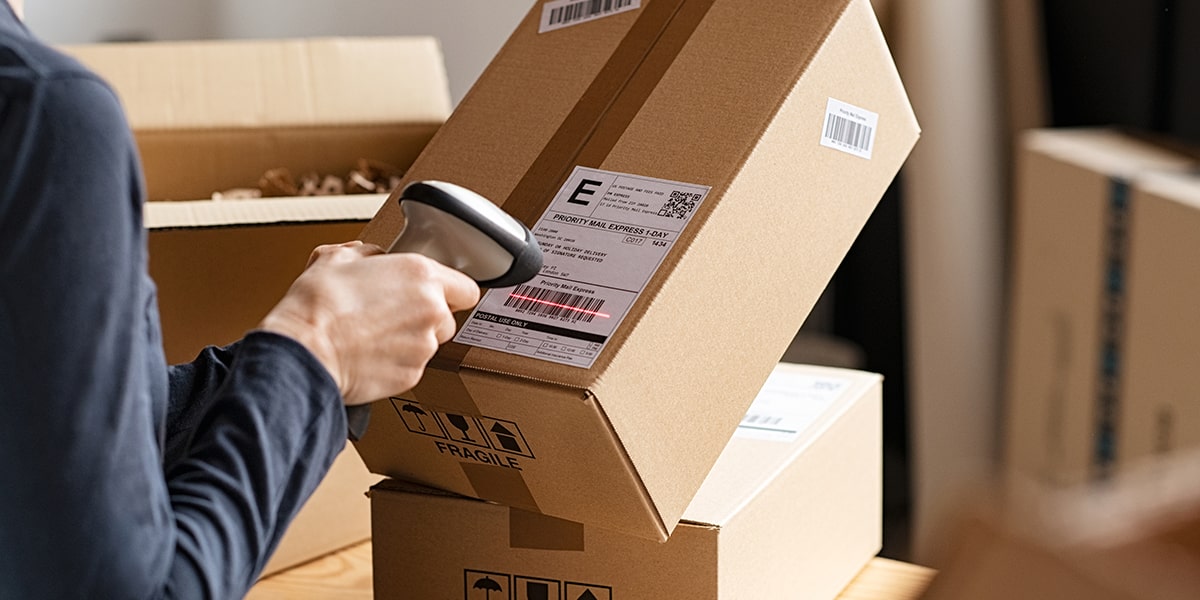Consumer Usability Testing of Packaging
In today's competitive market, understanding how consumers interact with packaging is crucial to ensuring product safety and compliance. Consumer usability testing in the context of packaging focuses on evaluating the ease of use for consumers when handling and opening packages. This service ensures that products are not only safe but also user-friendly, enhancing customer satisfaction and brand reputation.
Consumer usability testing involves a series of assessments designed to evaluate how easy it is for users to open and access the contents of a package. The process typically includes various steps such as visual inspection, manual manipulation, and user feedback. These tests are essential in identifying potential design flaws that could lead to accidents or dissatisfaction.
One key aspect of this testing is ensuring that the packaging meets regulatory standards set forth by organizations like ASTM International (ASTM) and European Union regulations. Compliance with these standards not only protects consumers but also helps companies avoid legal issues and recalls. The testing process involves rigorous evaluation to ensure that packages are designed in a way that minimizes risks while maximizing convenience.
Another important consideration is the environmental impact of packaging design. Sustainable materials and practices are increasingly important as businesses aim to reduce their carbon footprint. Consumer usability tests can help identify sustainable alternatives that do not compromise on ease of use or safety. This dual focus—on both usability and sustainability—is critical for maintaining a competitive edge in today’s market.
Consumer usability testing also plays a vital role in enhancing product safety. By simulating real-world usage scenarios, this service helps identify any potential hazards that could arise from improper handling of the package. This proactive approach ensures that products meet stringent safety requirements and can prevent accidents or injuries caused by difficult-to-open packages.
The testing process is typically conducted using standardized methods and equipment provided by Eurolab, ensuring consistent and reliable results across different samples. The use of advanced technology allows for detailed analysis of each package’s performance under various conditions. This data is then used to make informed decisions about design improvements that enhance both usability and safety.
By incorporating consumer feedback into the testing process, Eurolab ensures that packaging designs are not only functional but also aligned with user expectations. This collaborative approach fosters innovation and helps businesses stay ahead of trends in consumer behavior and preferences.
Eurolab Advantages
- Comprehensive Testing Capabilities: Eurolab offers a full range of testing services tailored to the specific needs of the packaging industry. From basic usability tests to more complex environmental impact assessments, our team has the expertise and resources to meet all your requirements.
- ISO/IEC Accreditation: Eurolab is ISO/IEC 17025 accredited, ensuring that all our testing processes adhere to international standards for accuracy and reliability. This accreditation gives you peace of mind knowing that your products are being tested by a reputable laboratory.
- Advanced Equipment & Technology: Our state-of-the-art facilities use cutting-edge technology to provide precise and detailed results. Whether you need to test new materials or evaluate existing designs, Eurolab has the tools necessary for thorough analysis.
- Expertise in Regulatory Compliance: With deep knowledge of global regulations governing product safety and labeling, Eurolab helps ensure that your packaging complies with all relevant standards. This reduces the risk of costly non-compliance issues down the line.
- User-Centric Approach: Understanding how real consumers interact with products is at the heart of our testing philosophy. By incorporating user feedback into every stage of the process, Eurolab ensures that your packaging not only meets regulatory requirements but also excels in terms of usability and satisfaction.
Environmental and Sustainability Contributions
Consumer usability testing extends beyond just ensuring functionality; it also plays a significant role in promoting environmental sustainability. By focusing on how easily consumers can interact with packaging, we encourage the development of more sustainable solutions that reduce waste without sacrificing convenience.
The process involves evaluating various materials and designs to determine which ones offer both high usability and minimal ecological impact. This approach promotes the use of recyclable or biodegradable substances where possible, furthering efforts towards greener production practices.
Moreover, by identifying areas where current packaging could be improved regarding sustainability without affecting its usability, Eurolab contributes positively to environmental conservation initiatives worldwide. Through such continuous improvement processes, businesses can contribute meaningfully toward reducing their overall carbon footprint.
Competitive Advantage and Market Impact
- Innovation Leadership: By staying ahead in consumer usability testing trends, Eurolab enables companies to introduce innovative packaging solutions that set them apart from competitors. This leadership position helps maintain market share and attract new customers.
- Reduced Risks: Ensuring compliance with all necessary regulations significantly reduces the risk of product recalls or legal actions due to non-compliance issues. This stability enhances brand trust and loyalty among consumers.
- Cost Efficiency: Early identification of potential problems through thorough testing saves costs associated with late-stage redesigns or rejections by regulatory bodies. It also reduces waste from unsaleable products.
- Better Customer Satisfaction: Packaging that is easier to use directly translates into better customer experiences, leading to higher satisfaction rates and increased sales opportunities.





